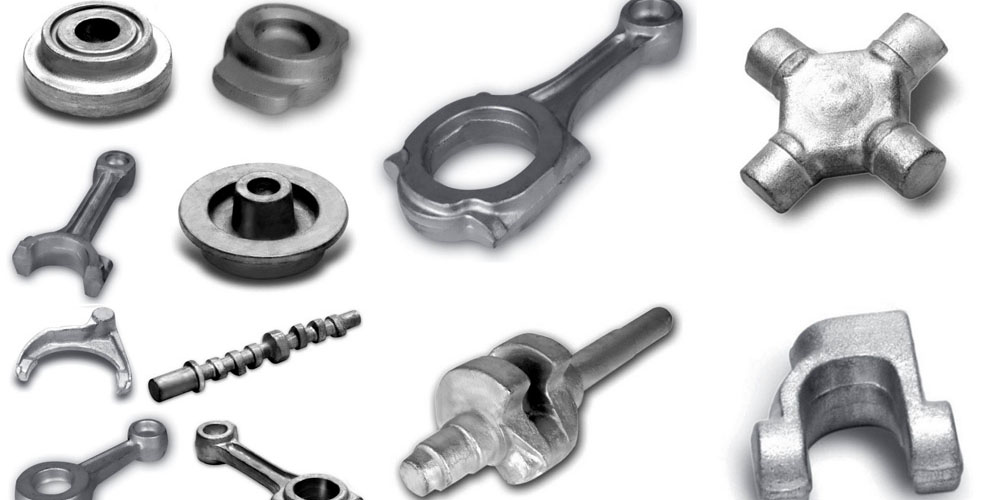Forging refers to a manufacturing process that entails giving metals a particular shape. Manufacturers in the forging business use compressive forces to shape these metals. Usually, the blows meted with a hammer forge the metal into a given shape.
Forging is categorized into different groups. One of the forging metals classes is cold forging, which involves a particular type of cold working within an environment of cold temperature. Get here to learn more about forging strengthening processes on metal.
The forged parts usually range not just in weight but look. Even so, they weigh up to less than one kg of a ton. Smiths and manufacturers of traditional cookware are still doing forging. From the moment of the industrial revolution, forging has been used in machines that need high strength. Today, the manufacturing method is widely used in various industries.
There are various kinds of forging processes in the market. But they can also be slotted into three primary classes as highlighted below:
- Drawn out forging process
- Upset forging process
- Squeezed in a closed forging process
- Other forging processes are such as
- Roll forging
- Swagging
- Open-die forging
- Press forging
These forging processes enhance metal shapes to their required look. During the procedures, controlled deformation takes place in the metals. In modern times primarily, industrial forging is conducted with pressers. The pressers are powered using compressed air and electricity. Others can be powered with hydraulics.
Forgeability of metals
The metals, coupled with alloys, are most of the time forgeable. But they have different levels of enforceability, and alloys vary from high to low. Some of the elements involved in the metal allow forging include crystal structures in addition to mechanical properties. Temperature range is also another determining factor of the success of forging.
Forging refines a metal’s grain structure while improving its mechanical properties. With the appropriate design, the flow of grain can quickly be oriented in a specific direction. Usually, this direction is of the principal stress encountered in the forging process.
The metal forging process’s grain flow is the pattern that the metal crystals take when being deformed. Towards that end, mechanical properties, like ductility and toughness, must be considered in forging the metals. The grain flow plays a vital role in making sure that there are superior resistance and metallurgical soundness.
Effects of forging on metal
Metal forging gets rid of the internal voids while producing unparalleled structural integrity. The forging processes produce materials with minimal waste. Usually, the starting material in the forging process comes with simple geometry. The material is deformed in several operations and contained in a complex configuration.
Note, the metal forging process needs relatively expensive tooling. Therefore, the process is attractive when voluminous parts should get produced. It may also get attractive when the mechanical properties needed in the end product can quickly be obtained. But this is strictly by the forging process.
Final Thoughts
All the mentioned forging processes may easily get formed at a variety of temperatures. But they are also generally classified by if the metal temperature is right above and below the recrystallization temperatures.
